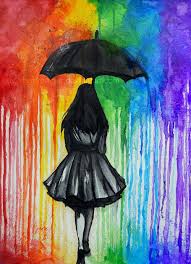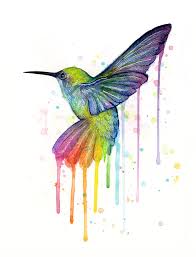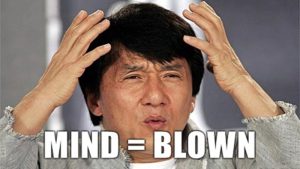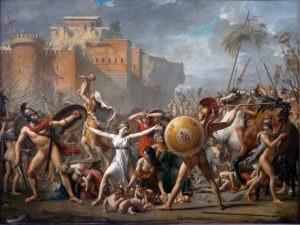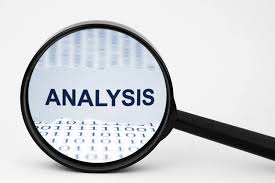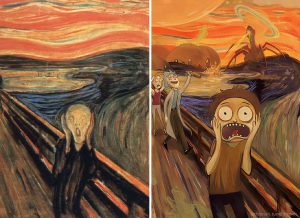
Formal analysis is the way you describe a visualization through the use of colors, lines, contrast, position, material, illusion, space and mass. You can use colors because the pallet that the author chose to use in his painting can help determine the mood that the painter was feeling. You can use the the size of certain objects to see the importance of the item to the artist see if they saw it as important. The way things are modeled in a painting are important because you will be able to see how the artist intended for something to be looked at.



